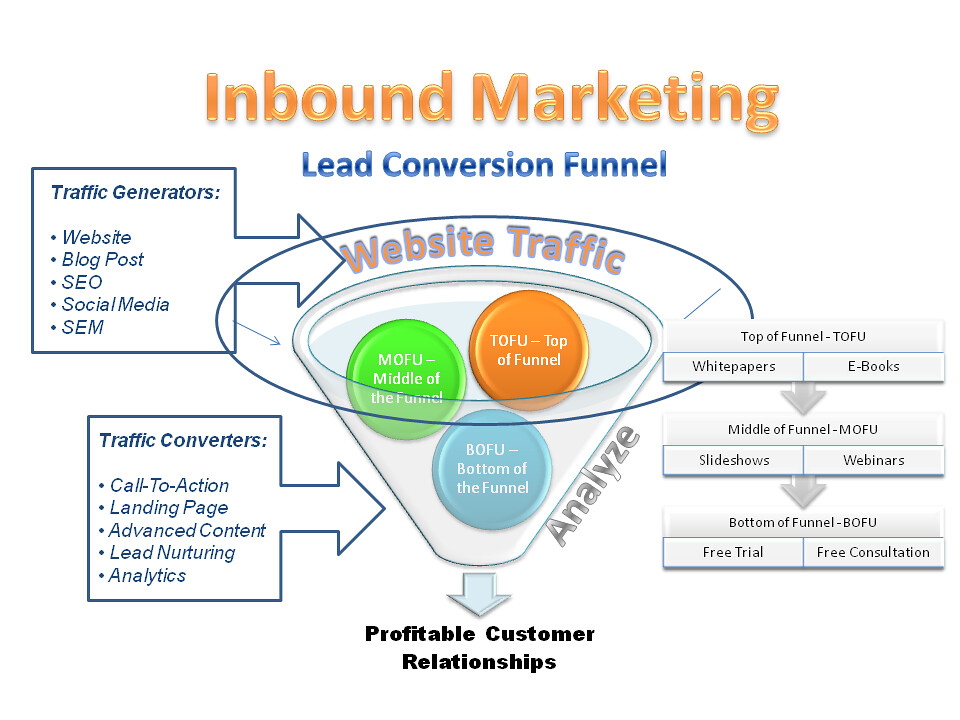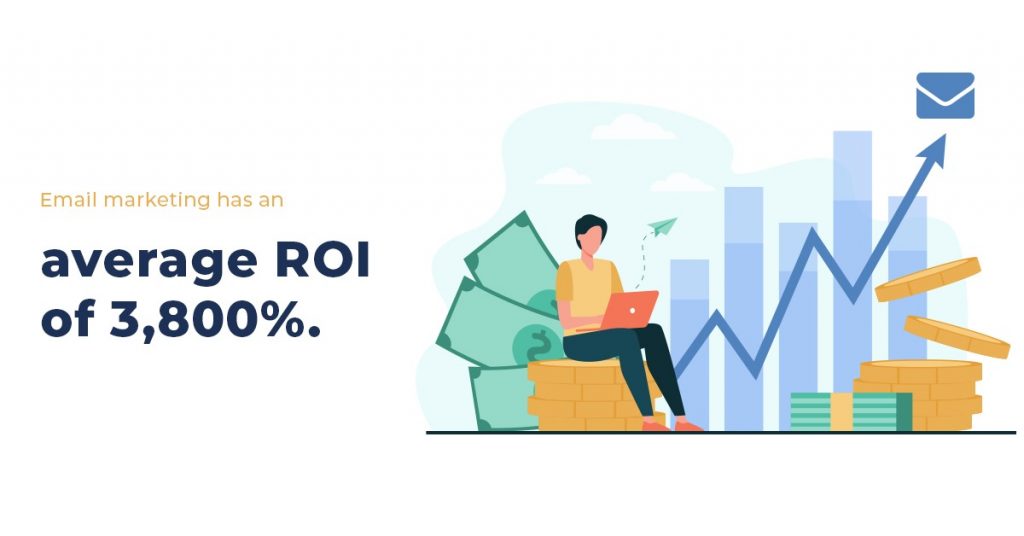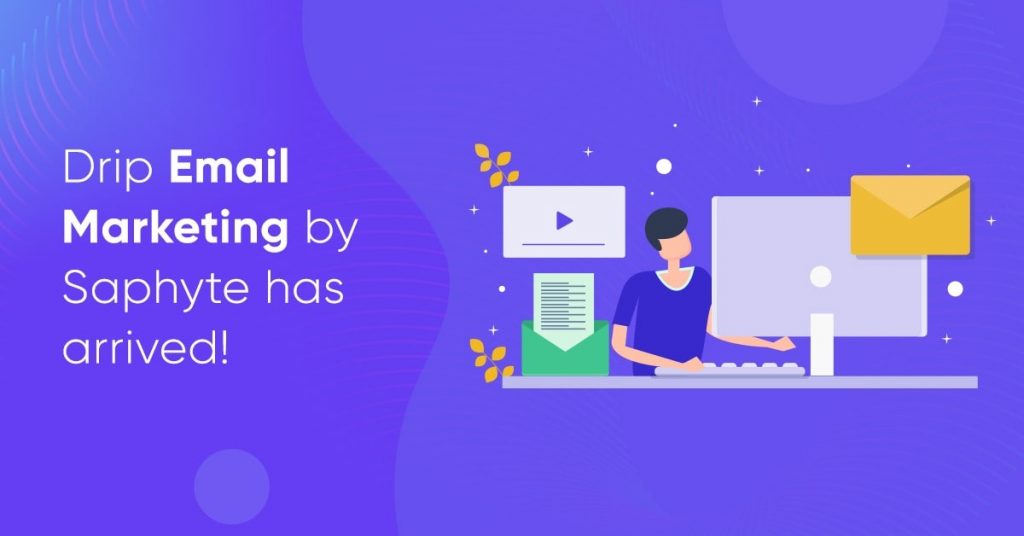Data Privacy: A Guide for Entrepreneurs
Data is the currency of the business world. Every day, companies collect a wealth of information about their customers – from their purchase histories to personal preferences.
While this data can provide valuable insights and fuel growth, it comes with a tremendous responsibility: safeguarding and respecting customer privacy.
The Real-World Impact of Data Breaches
To truly understand the importance of data privacy, let’s examine some concrete examples of data breaches and their far-reaching consequences.
Take the case of Target, one of the largest retail chains in the United States. In 2013, Target experienced a massive data breach that exposed the credit and debit card information of 40 million customers.

The fallout was significant – not only did Target face a $10 million settlement, but it also saw a sharp decline in customer trust. This breach is a stark reminder that data breaches can lead to identity theft, financial loss, and long-term damage to a company’s reputation.
Another alarming example is the 2017 Equifax breach, one of history’s most prominent and notorious data breaches. The breach exposed sensitive data, including Social Security numbers and financial information, of nearly 147 million people.
The consequences were dire, with Equifax paying over $1 billion in settlements, facing numerous lawsuits, and suffering a severe blow to its reputation.
These examples illustrate that data breaches can have a profound impact, not just on a company’s finances but on the lives of individuals. They underscore why data privacy should be a top priority for entrepreneurs.
The Benefits of Data Privacy Practices
Understanding the real-world risks of data breaches should motivate entrepreneurs to embrace robust data privacy practices. Such practices offer a multitude of benefits, including:
- Building Consumer Loyalty: When customers trust that their data is handled responsibly, they are likelier to remain loyal to your brand. In a survey conducted by Deloitte, 80% of consumers reported being more likely to do business with companies they believe protect their data.
- Protecting Brand Reputation: A strong brand is built on trust, and trust is fragile. Data breaches can irreparably damage a company’s reputation. Conversely, being known for stringent data privacy practices can set a business apart positively.
- Avoiding Costly Fines: Regulations such as the General Data Protection Regulation (GDPR) impose severe fines for non-compliance. For example, British Airways faced a record £183 million ($230 million) fine in 2019 due to a data breach. Compliance is not just about avoiding penalties; it’s about ensuring the sustainability of your business.
Actionable Steps for Entrepreneurs
To help entrepreneurs embark on the journey of data privacy protection, let’s delve into actionable steps they can take:
- Data Mapping: Understand where your data resides. Identify what data you collect, where it’s stored, and who can access it.
- Data Access Controls: Implement role-based access controls to ensure only authorized personnel can access sensitive data.
- Encryption: Encrypt data both in transit and at rest. Encryption is your first line of defense against unauthorized access.
- Regular Audits: Conduct routine security audits and vulnerability assessments to identify and mitigate potential risks.
- Security Training: Educate your team about data security best practices. An informed workforce is your front line of defense.
- Incident Response Plan: Develop a robust incident response plan to act swiftly and effectively during a data breach.
- Privacy Policies: Create clear and concise privacy policies that inform customers about how their data is used and protected.
- Transparency: Be transparent about your data practices, especially during a breach. Promptly inform affected customers and outline your steps to address the issue.
- Third-Party Vendors: If you work with third-party vendors who handle customer data, ensure they follow robust data privacy practices.
Conclusion
Data privacy is not just a regulatory requirement; it’s a fundamental component of trust in the digital age. Entrepreneurs who prioritize data privacy protect their customers and businesses from reputational damage and financial loss.
By taking proactive steps to secure customer data, entrepreneurs can build a foundation of trust that fosters long-term success.
Remember, in a world where data is the currency of trust, entrepreneurs who protect it are the true custodians of customer loyalty and brand integrity.
Learn more about protecting your customers’ data with our experts. Talk to us. Book a FREE demo below.
Curious how digital ecosystems can help improve your business?
Check out how digital ecosystems can boost your company performance by getting started here.
Book a Demo

